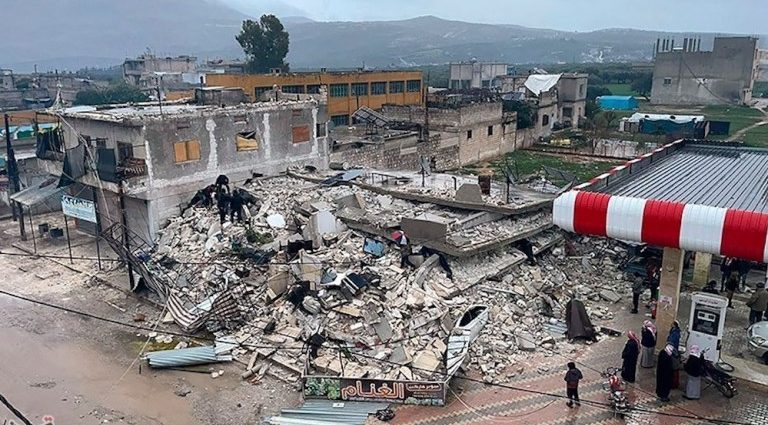
Medical teams responding to health emergencies in armed conflict face serious context-specific limitations that often undermine their core missions. A recent case in point is the 2023 earthquakes in northwestern Syria and Turkey.
The Syrian regime under President Bashir al-Assad reportedly showed disrespect for international humanitarian law. This severely limited the acceptance and access of World Health Organization–classified emergency medical teams to disaster-struck communities.
In such highly interdependent worlds, emergency medical teams cannot deliver on the basis of individual effort alone. Other major nodes in the network must be able to bring into existence the conditions necessary for their success.
Instrumentalizing medical aid
The last two decades have seen the re-emergence of great-power competition. With it has come a marked increase in ideological, political, and military competition among major-power states. This competition has changed profoundly the context for medical teams responding to health emergencies in armed conflict.
When disasters strike at the fault lines, it’s not surprising that one or more of these great-power competitors and their proxies try to instrumentalize international emergency medical aid in pursuit of competitive advantage.
Creating the right conditions for international medical teams to respond successfully to health emergencies in armed conflict requires consensus. But in hyper-competitive contexts, UN member states are finding it increasingly difficult to reach the consensus needed.
Re-evaluating service models
Clearly, international humanitarian organizations must do a much better job of sidestepping avoidable failures in this changing reality. This, however, requires a fundamental re-evaluation of the service models for provisioning emergency medical aid in armed conflict.
The dominant models were never designed to achieve their desired outcomes in worlds inhabited by major-power competitors that have strategic preferences for inhumane outcomes. The 2023 Turkey-Syria earthquakes are an appalling demonstration of this.
What we desperately need now are new models that fit worlds like Libya, Iraq, Syria, Ukraine and Yemen. This will not only require innovation. It will also demand a shift in strategic thinking.
In such wildly uncertain worlds, international humanitarian health practitioners must emphasize pattern recognition over formal plans. If they do not, they will be unable to adjust to the constantly changing realities on the ground.
Inflection point
International emergency medical aid has reached an inflection point. There is a clear and present need to reimagine the structures through which the key stakeholders in the international humanitarian health ecosystem interact.
Such radical reimagining could result in the successful emergency medical aid to vulnerable communities damaged by man-made and natural disasters amid armed conflicts.
International humanitarian health organizations need to unlock the full potential of emergency medical aid.
To do so, they cannot simply default to hiring consultants to design new service models for armed conflict. They will need to deepen collaboration with other key stakeholders to identify, understand, and mitigate the co-innovation and adoption chain risks that undermine such innovations.
Inevitably, these ecosystem disruptors will encounter stakeholders resistant to change out of a desire to protect their equities and maintain their status. Transformational leadership will be required to overcome such self-interested opposition in a fair and deliberative way.
This article presents the views of the author and not necessarily those of the European Consortium for Political Research (ECPR) or the editors of The Loop, where it appeared previously.

